

The second series of RMB was issued on 3/1 1955 based on the unified first series. With the termination of war, agriculture and industry began to boom, economy began more active, and price level were stabilized. For many years, the government revenue exceeded expenditure, gold reserve and inventories increased. However, the inflation did not end for a few years after the Liberation. The largest domination of the first series was 50000 Yuan. With lower values, people tend to use 10000 Yuan as the basic unit for payment, which is inconvenient to the public and economic growth. Besides, due to physical condition and technological condition, the paper quality of the first series was lower; there were as many as 60 different designs; and the notes wore off more quickly.
In order to improve the quality and reduce the zero's on the banknotes, the State Council promulgated the executive order of the issuance of the second series of RMB on 2/21 1955. The order stated that in order to meet the need of national economy, the wish of the people, the stabilization of prices, and having a healthy currency system, PBC decided to issue the second series of RMB (new RMB) in 11 different values on 3/1 1995. All notes of the new RMB carry text in Chinese, Tibetan, (traditional) Mongolian, and Uighur.
The first RMB (old RMB) shall be exchanged at the rate of 1 new RMB = 10,000 old RMB. After the issuance of the second series, all cash trading, pricing, lease, contract, debt, and balance shall be written in the new RMB. All previous debt, private or public, shall be paid in the new RMB at the appropriate exchange rate.
10 of the 11 value were issued on 3/1 1955, they were 1 Fen, 2 Fen, 5 Fen, 1 Jiao, 2 Jiao, 5 Jiao, 1 Yuan, 2 Yuan, 3 Yuan, 5 Yuan. 10 Yuan was issued on 12/1 1957. At the mean time, the State Council also promulgated the order of coin issuance for the convenience of circulation. The new coins 1 Fen, 2 Fen, and 5 Fen (aka Fen coins) were issued on 12/1 1957, and would be circulated concurrently with the Fen banknotes. Later, they altered the color and the guilloche of 1 Yuan and 5 Yuan. The black 1 Yuan and brown 5 Yuan were issued on 3/25 1961 and 4/20 1962 respectively. Therefore the number of types in the second series of RMB increased from 11 to 16. On 4/14 1964, PBC declared the "notice about withdrawing 3 types of banknotes", the 3 Yuan, 5 Yuan, and 10 Yuan dated 1953 cease to be legal tender on 5/15 1964.
The ¥3, ¥5(brown) and ¥10 notes of 1953 series were printed in the Soviet Union. As a result of the Sino-Soviet split, the use of them was halted on April 15, 1964 to be withdrawn and these banknotes were recalled completely on the May 15, 1964. Except for the ¥3, ¥5(brown), ¥10, ¥0.01, ¥0.02, and ¥0.05 banknotes , all banknotes were recalled completely on the January 1, 1999. The use of the three ¥0.01, ¥0.02, and ¥0.05 banknotes was halted on July 1, 2003 to be withdrawn and these banknotes were recalled completely on the April 1, 2007.
The design and production of the second series was highly valued by the leaders such as Zhou En-Lai or Chen Un. They personally review the whole case. During the course of design, Prime Minister Zhou provided some concrete and precious opinion, so that the theme stands out. The theme represents a new socialist China, revolution of the Communist Party of China, and the united people.
Note: The Sino–Soviet split was the gradual worsening of relations between the People's Republic of China (PRC) and the Union of Soviet Socialist Republics (USSR) during the Cold War (1945–91). Since 1956, the countries had (secretly) been diverging ideologically, and, beginning in 1961, the Chinese Communists formally denounced “The Revisionist Traitor Group of Soviet Leadership." In the 1960s, this intellectual divergence became critical, continuing until the late 1980s — yet was rendered moot with the USSR’s disestablishment in 1991. Their doctrinal divergence owed as much to Chinese and Russian national interest, as with the régimes’ interpretative Marxist ideologies.



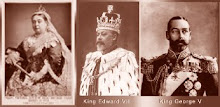
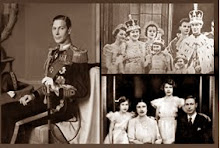

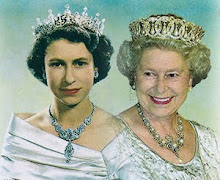
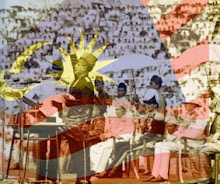



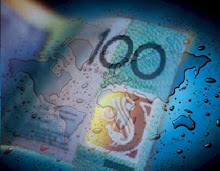

No comments:
Post a Comment